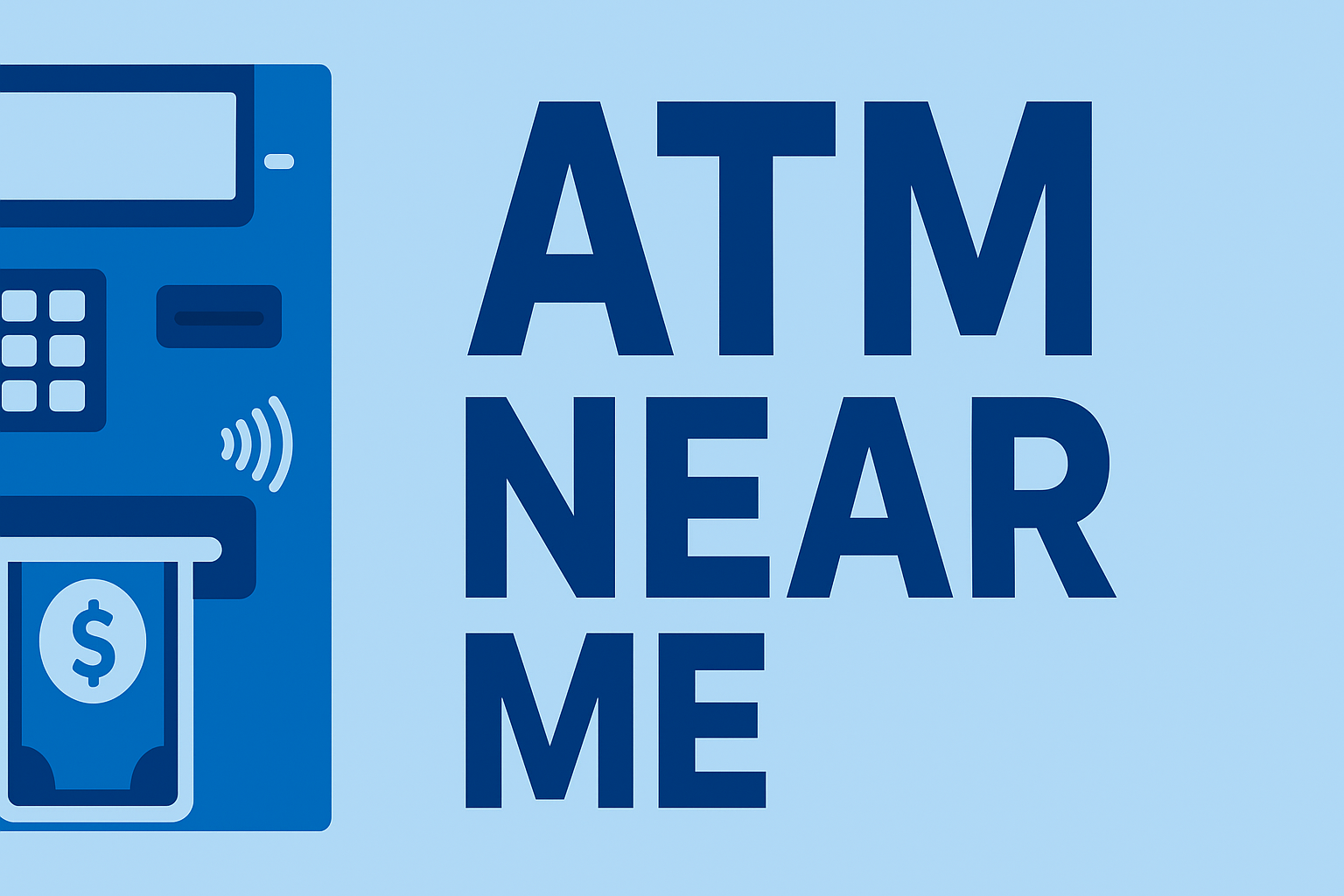Quick answer: Yes, many 7-Eleven ATMs do charge a fee—but it depends on who operates the ATM and whether your bank treats it as in-network or out-of-network. You might pay a surcharge fee at the machine, a separate fee from your bank, or both. With the right card and planning, you can often use 7-Eleven ATMs with reduced or no fees.
How 7-Eleven ATM Fees Work
7-Eleven is known for its 24/7 convenience, and many locations host ATMs inside the store. These machines are often operated by third-party banks or ATM networks, not by 7-Eleven directly. That means the fees you pay are set by the ATM operator and by your own bank—not by the convenience store itself.
Whenever you use a 7-Eleven ATM, there are usually two types of possible fees you should know about:
- ATM surcharge fee from the ATM owner (shown on the screen before you confirm).
- Out-of-network ATM fee from your bank or credit union if the ATM isn’t in its free network.
When 7-Eleven ATMs Are Fee-Free (In-Network)
For some customers, 7-Eleven ATMs are fee-free because their bank or card issuer treats certain 7-Eleven machines as in-network. This can happen when:
- Your bank partners with the ATM network that operates the 7-Eleven machine.
- Your checking account includes reimbursed ATM fees, even at out-of-network ATMs.
- Your bank’s app or website specifically lists that 7-Eleven location as “fee-free.”
Before you withdraw, open your bank’s mobile app and use its ATM locator. If the 7-Eleven ATM is marked as fee-free or in-network, you should not see extra charges from your bank (though you should still confirm the on-screen surcharge message).
To find more options beyond convenience stores, you can also review our guide to surcharge-free ATMs near you.
When You’ll Pay Fees at 7-Eleven ATMs (Out-of-Network)
If the 7-Eleven ATM isn’t in your bank’s network, fees are much more likely. You may face:
1. ATM Surcharge Fee
The surcharge fee is charged by the ATM operator. At 7-Eleven, this fee amount is typically shown on the screen before the transaction is processed. You must accept or decline the fee before your withdrawal continues, so you always have the option to cancel and walk away.
2. Your Bank’s Out-of-Network Fee
Even if you accept the ATM’s surcharge, your own bank may also charge an out-of-network ATM fee. This is separate from the machine’s fee and is controlled by your bank’s account terms. You can usually see this amount on your bank’s fee schedule or disclosures.
When both the ATM surcharge and your bank’s out-of-network fee apply, a single withdrawal at 7-Eleven can end up costing you several dollars.
How to Check 7-Eleven ATM Fees Before You Withdraw
- Watch the screen: The ATM must disclose any surcharge fee before you confirm the transaction.
- Use your bank’s locator: Search for 7-Eleven locations inside your bank’s app to see which ATMs are free or reimbursed.
- Look at network logos: Check for networks like Allpoint, MoneyPass, Plus, or your bank’s logo on the ATM signage.
- Review account terms: Some premium, student, or online-only checking accounts reimburse ATM fees worldwide.
Ways to Avoid or Reduce 7-Eleven ATM Fees
7-Eleven ATMs are convenient, but you don’t have to accept every fee that pops up. Here are practical ways to lower or eliminate costs:
- Use in-network ATMs: Check if your bank has partner ATMs inside 7-Eleven that are marked fee-free.
- Choose a bank that reimburses fees: Many online banks and premium accounts refund a set dollar amount of ATM fees per month.
- Get cash back at checkout: Instead of using the ATM, pay with your debit card and ask for cash back at the register—often with no ATM fee.
- Withdraw less often: If fees are unavoidable, take out a larger amount less frequently to reduce how many times you pay.
- Use surcharge-free networks: Use our guide on how to avoid ATM fees to find networks and account types designed to minimize ATM costs.
7-Eleven ATM Fees vs. CVS and Walgreens
7-Eleven isn’t the only convenience store where ATM fees can appear. If you regularly use ATMs at drugstores or gas stations, it’s worth comparing:
- Does CVS ATM charge a fee?
- How to avoid fees at Walgreens, CVS & more
- How to Avoid ATM Fees: A Complete Guide
Understanding how different retailers handle surcharges helps you choose the most cost-effective place to withdraw cash when you’re on the go.
Frequently Asked Questions
Are 7-Eleven ATMs always fee-free?
No. 7-Eleven ATMs are only fee-free if they’re in your bank’s network or your account reimburses ATM fees. Otherwise, you may pay the ATM surcharge, your bank’s out-of-network fee, or both.
Does 7-Eleven itself set the ATM fee?
In most cases, the fee is set by the bank or ATM network operating the machine. 7-Eleven simply hosts the ATM inside its store.
How do I see the fee before I’m charged?
The ATM is required to display any surcharge fee on the screen before your withdrawal is processed. You can cancel the transaction if you don’t agree to the fee.
Can I avoid 7-Eleven ATM fees completely?
Yes—by using in-network ATMs, choosing a bank that reimburses fees, or requesting cash back at checkout instead of using the ATM.
Related Guides
- Does CVS ATM Charge a Fee?
- How to Avoid ATM Fees: A Complete Guide
- Outsmarting ATM Surcharges at Walgreens, CVS & Beyond
- Surcharge-Free ATM Near Me
Updated November 2025 — Information provided for general educational purposes. Always confirm fees with your bank and the ATM operator before completing a withdrawal.
